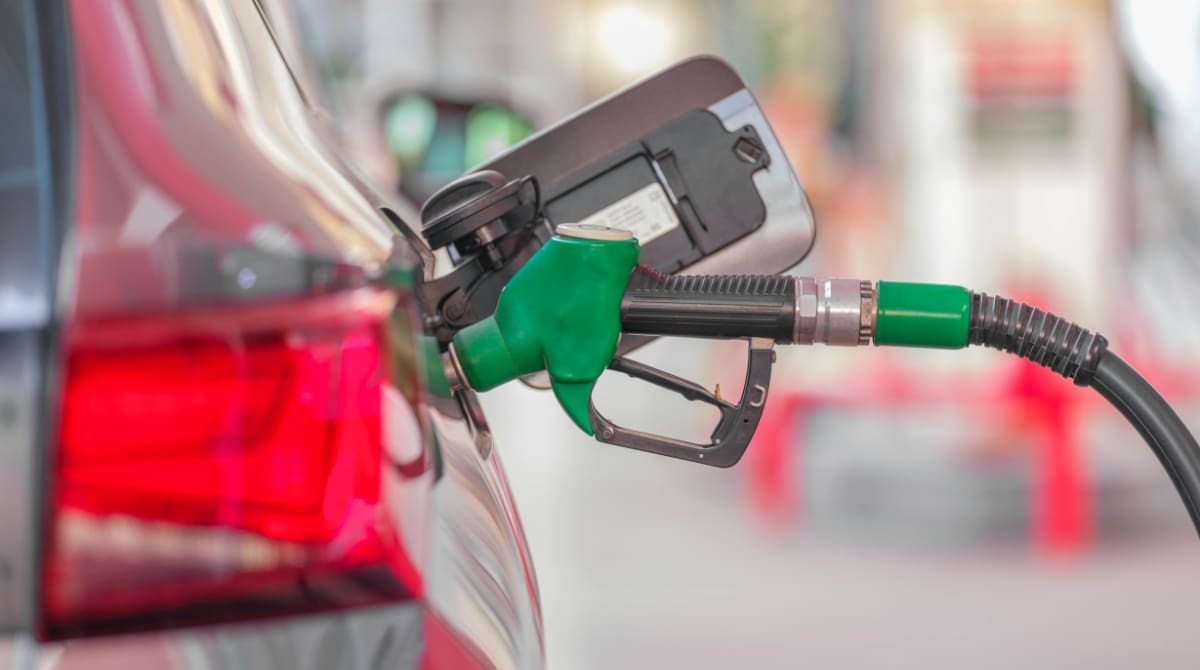Gas prices in San Luis Obispo County saw a slight dip in the previous week. The average cost for a gallon of regular unleaded gasoline in the San Luis Obispo-Atascadero-Paso Robles area fell four cents to $4.86 per gallon, according to AAA data.
Across California, the average gas price in the previous week was $4.59 per gallon, slightly above the national average of $3.05.
California continues to lead the nation with the highest average gas price at $4.59 per gallon, according to AAA. This is followed by Hawaii ($4.48), Oregon ($3.94), Alaska ($3.83), and Nevada ($3.80). All the states are situated along the west coast of the U.S., where fuel prices tend to run higher than in the other states.
Why are Gas Prices Elevated in California?
Gas prices in California are consistently higher than in other states in the U.S., with prices often exceeding the national average by over a dollar per gallon, according to the U.S. Energy Information Administration (EIA).
This can be attributed to several factors:
Taxes and fees: Gas prices consist of the cost of crude oil, refining, distribution, and marketing, along with taxes and fees. Gas prices in California are usually dearer by 90 cents per gallon, as of March 2025. Of that, 18 cents is a federal tax, which is the same across all states. The remaining 72 cents is derived from state and local taxes. This includes state excise tax (60 cents), state sales tax (10 cents), and an underground storage tank fee (2 cents). California has the highest state excise tax in the U.S., with the average across all states being about 28 cents per gallon.
Environmental requirements: The California Energy Commission estimates that ecological compliance costs add about 54 cents per gallon, as of March 2025. Programs like Cap-and-Trade and the Low Carbon Fuel Standard are designed to reduce carbon emissions. However, these programs raise costs for fuel suppliers, which are eventually passed down to consumers.
Cleaner fuel requirements: California required a special blend of gasoline that burns cleaner and helps reduce pollution. While it improves the air quality, the production costs are higher as it needs extra processing and expensive ingredients. Since only a few refineries outside California produce this blend, the state mostly depends on its own refineries to keep up with demand.
Isolated petroleum markets: California’s fuel supply system is isolated. Most of the state’s gasoline is refined within the state due to the lack of petroleum infrastructure connections. California is geographically isolated from other states because no pipelines bring fuel across the Rocky Mountains, and very few pipelines deliver to the West Coast from the Gulf Coast.
Import challenges: To keep up with the demand, California often imports fuel from other countries, like India and South Korea. While other countries produce California-specific gasoline, the high shipping costs limit imports to periods of refinery outages or the summer driving season.

